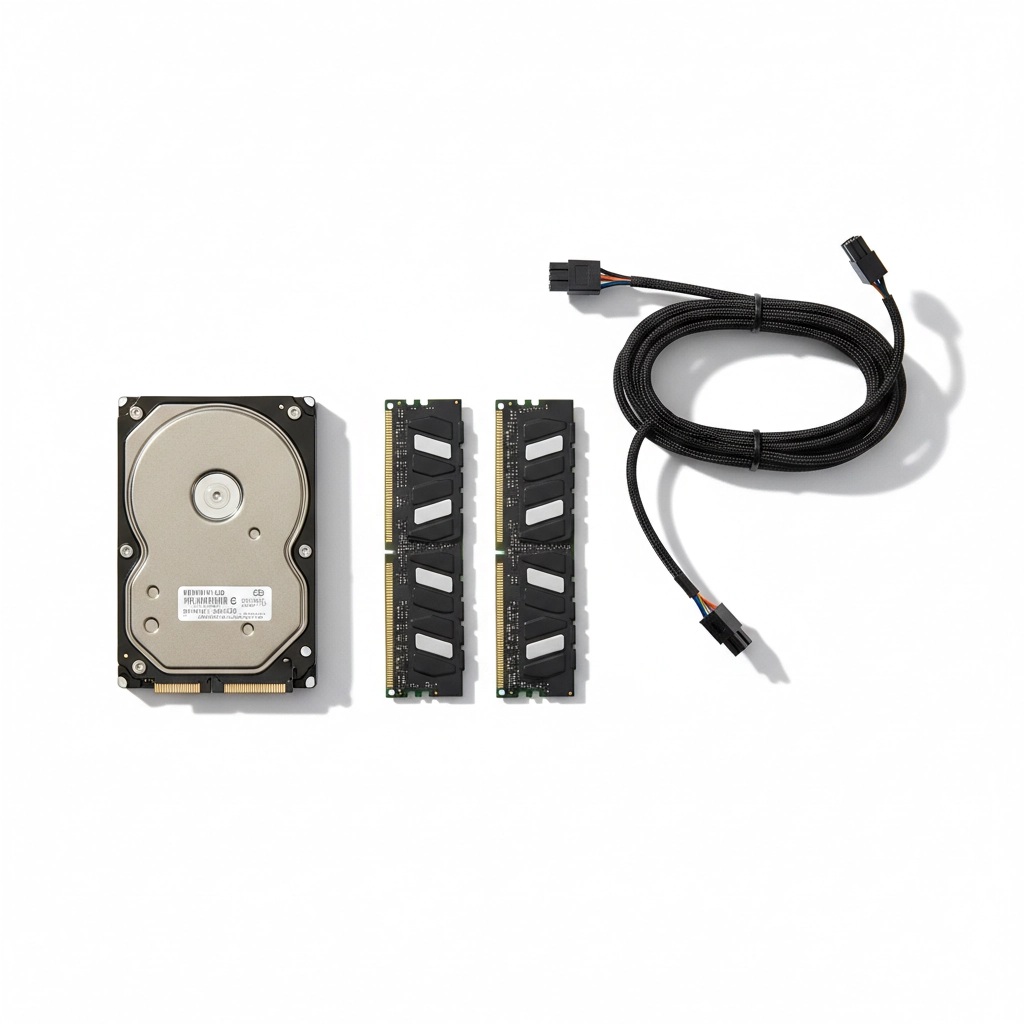You're dealing with a computer problem at 2 PM on a Tuesday. Your system is running slow, programs keep crashing, and you've got a presentation due in three hours. The question hits you: should you call for remote support or wait for someone to come to your office?
This scenario plays out daily for Peterborough business owners and residents. The good news? Both remote and on-site IT support can be highly effective: but knowing which one to choose makes all the difference.
Remote Computer Repair: Fast and Convenient
Remote computer repair has revolutionized how we handle IT problems. A technician can connect to your computer within minutes, diagnose issues in real-time, and often fix problems before you finish your coffee.
Here's how it works: You contact your IT support provider, they send you a secure connection link, and once you approve the connection, they can see and control your screen. The entire process uses encrypted technology, so your data stays protected throughout.

When Remote Support Shines
Software Problems Get Fixed Fast
Remote technicians excel at handling software-related issues. Virus removal, system optimization, software installation, driver updates, and configuration problems can all be resolved remotely. If your computer is running slowly due to too many startup programs, a remote technician can clean that up in 15 minutes.
Immediate Response Time
No waiting for someone to drive across town. Remote support often means getting help within minutes of your call. For businesses that can't afford downtime, this speed is invaluable.
Cost-Effective Solutions
Without travel time and transportation costs, remote support typically costs less than on-site visits. You're paying for expertise and problem-solving time, not driving time.
Perfect for Multiple Locations
If you have employees working from home or multiple office locations around Peterborough, remote support reaches everyone equally well.
Remote Support Limitations
Hardware Issues Need Hands-On Help
If your computer won't turn on, has a failing hard drive, or needs new memory installed, remote support can't physically fix these problems. A technician can't reach through the screen to replace a broken component.
Network Setup Challenges
While remote technicians can configure network settings, they can't run new cables, install routers, or set up complex network hardware without being physically present.
On-Site IT Support: Hands-On Problem Solving
Sometimes you need someone to actually show up. On-site support means a technician comes to your location, examines your equipment in person, and handles whatever needs fixing right there.

When On-Site Support Is Essential
Hardware Repairs and Upgrades
Need a new hard drive? Upgrading your memory? Installing a new printer or scanner? These tasks require physical presence. An on-site technician can also diagnose hardware problems by listening to unusual sounds, checking connections, and testing components directly.
Network Infrastructure Setup
Setting up a new office network, running cables, configuring routers and switches, or troubleshooting connectivity issues often requires hands-on work. On-site technicians can trace cables, test connections, and ensure everything is properly configured.
Training and Consultation
Sometimes you need someone to sit down with your team and walk them through new software or security procedures. Face-to-face training often works better than remote screen-sharing for complex topics.
Security and Compliance
Some businesses have security policies that don't allow remote access to their systems. On-site technicians can work within these restrictions while still providing expert support.
On-Site Support Drawbacks
Longer Response Times
Even the fastest on-site service requires travel time. In Peterborough's rural areas, this might mean waiting several hours for a technician to arrive.
Higher Costs
You're paying for travel time and potentially higher service rates to cover the technician's transportation costs.
Scheduling Constraints
On-site visits require coordination. You need someone at your location when the technician arrives, which isn't always convenient.
Making the Right Choice: Practical Scenarios
Choose Remote Support When:
- Your computer turns on but runs poorly
- You're getting error messages or software crashes
- You need virus removal or malware cleaning
- Software needs updating or reinstalling
- You're having email or internet connectivity issues (but your network equipment works)
- You need immediate help during business hours
Choose On-Site Support When:
- Your computer won't turn on at all
- You hear unusual noises from your computer
- You need hardware installed or replaced
- You're setting up a new network or office
- You need hands-on training for your team
- Your security policies prohibit remote access

The Hybrid Approach: Best of Both Worlds
Many successful businesses use both types of support strategically. They rely on remote support for quick fixes and immediate problems, then schedule on-site visits for hardware maintenance, major upgrades, or complex projects.
This approach maximizes efficiency while controlling costs. You get the speed of remote support when you need it most, plus the thorough hands-on service for issues that require physical attention.
What About Security?
Both remote and on-site support can be secure when handled by reputable providers. Remote connections use encryption and require your permission to access your system. You can watch everything the technician does and end the session at any time.
On-site support offers the advantage of no external network connections, but requires trusting someone in your physical space with access to your equipment.
The key is working with established, trustworthy IT providers who follow proper security protocols regardless of how they deliver their service.
Cost Considerations for Peterborough Businesses
Remote support typically costs 30-50% less than on-site visits for equivalent problem-solving time. However, some problems simply cannot be resolved remotely, making on-site service necessary despite higher costs.
Consider your business's typical IT needs:
- Frequent software issues favor remote support contracts
- Businesses with aging hardware benefit from on-site maintenance agreements
- Growing companies often need hybrid approaches to handle diverse IT challenges

Making Remote and On-Site Support Work Together
The most effective IT strategy combines both approaches based on your specific situation. Start with remote diagnosis: even hardware problems can often be initially assessed remotely to determine if an on-site visit is truly necessary.
Many IT providers can begin troubleshooting remotely, then dispatch a technician only if hands-on work is required. This saves time and money while ensuring you get the right type of help for each situation.
The Bottom Line
Remote computer repair is highly effective for the majority of common IT problems: especially software issues, system optimization, and routine maintenance. It offers speed, convenience, and cost savings that make it invaluable for modern businesses.
On-site support remains essential for hardware problems, network infrastructure, and situations requiring hands-on expertise. Neither approach is universally superior; they excel in different circumstances.
The smartest strategy? Partner with an IT provider that offers both remote and on-site services, understands your business needs, and can recommend the most effective approach for each situation. This gives you the flexibility to handle any IT challenge efficiently while controlling costs.
At Preferred Computer Solutions, we provide both remote and on-site IT support to Peterborough area businesses and residents. We'll work with you to determine the most effective approach for your specific needs, ensuring you get reliable solutions without unnecessary costs or delays.
Whether your problem needs immediate remote attention or hands-on expertise at your location, the right IT support strategy keeps your technology running smoothly so you can focus on what matters most( running your business.)



Recent Comments